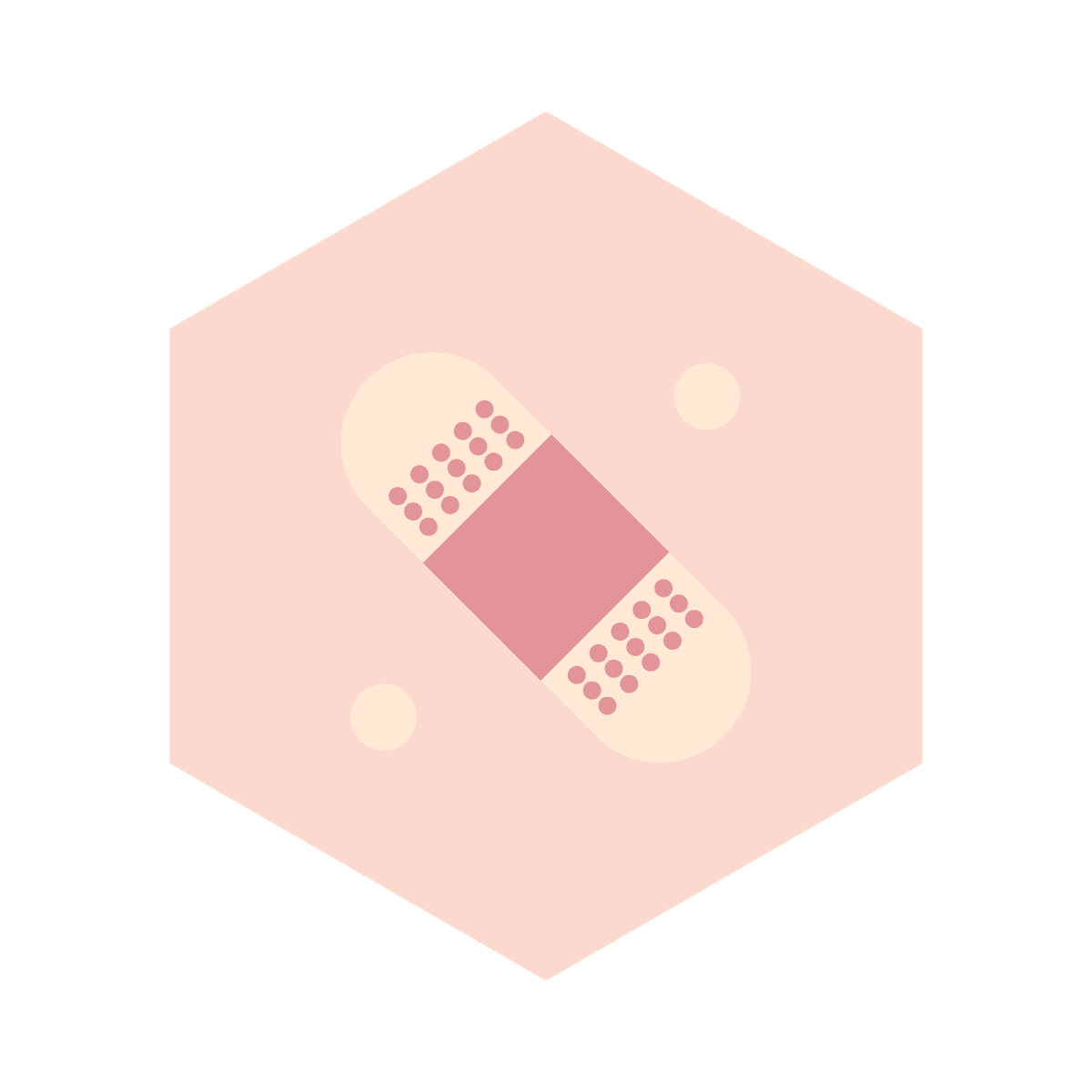How To Get Rid Of A Uti In 24 Hours
On This Page
Urinary tract infections, or UTIs, are so common that 1 out of 5 women have at least one during their lifetime. Although they can be painful and annoying, these infections usually go away with a course of antibiotics — and they're easy to prevent from happening again. If you get UTIs frequently, you doctor may want to look for another cause.

What Is It?
The urinary tract is a group of organs and muscles that serve as your body's drainage system. Working together, they filter waste and extra fluid from your bloodstream and flush it out of your body as urine. Although urine doesn't normally contain bacteria, it can occasionally get contaminated with germs from outside your body. That can lead to a UTI.
Women are more likely to get a UTI than men. That's mostly because of anatomy — women's urethra (the tube that carries urine out of your body) is both shorter and closer to the anus (the site of some harmful bacteria) than it is in men. Older people are also more likely to get UTIs, as are people who frequently hold their urine for long periods of time.

Types
A UTI refers to a general inflammation throughout your urinary tract, which consists of:
Kidneys: These bean-shaped organs make up to 2 quarts of urine each day.
Ureters: Thin ducts that transfer urine from your kidneys to your bladder.
Bladder: The balloon-shaped sac which holds urine.
Urethra: When your brain sends a signal that it's time to pee, a tiny muscle tells your urethra, which connects to the bottom of your bladder, to open.
More specific types of UTIs include:
Urethritis: An infection in your urethra is often caused by bacteria transmitted through vaginal, oral, or anal sex.
Cystitis: An infection in your bladder.
Pyelonephritis: An infection of your kidneys.
Most UTIs involve your lower urinary tract — i.e., your bladder and urethra.

Symptoms
The symptoms you have will depend on where the infection is — and some people don't have any symptoms.
General signs you have a UTI include:
- Burning, stinging, or pain when you urinate.
- Frequent urge to urinate, but not a lot of pee coming out.
- Lower belly pain.
- Strong or foul-smelling urine.
- Pink or red urine.
- Cloudy urine.
- Pelvic pressure.
- Leaking urine throughout the day.
- Blood in your urine.
- Waking up at night to pee.
- A feeling that your bladder's never fully empty.
If you have urethritis, you could also have pain during sex. Men can have pain in their penis.
A kidney infection can also cause:
- Fever.
- Chills.
- Nausea/vomiting.
- Pain in your back, side, or groin.
- Pus or blood in your urine.

Causes
You're at higher risk for a UTI if you have diabetes, are pregnant, have a health issue (like kidney stones) that interferes with urine leaving your bladder, or have an abnormal urinary tract structure.
Repeated UTIs may also have a genetic factor. You may be more susceptible if other people in your family also have them.
More than 90 percent of bladder infections are caused by E.coli, a type of bacteria that lives in your gut. But a UTI can also be caused by:
- Sex.
- Bacteria traveling through your blood or lymph system.
- A catheter.
Urethritis can also be caused by:
- A physical injury.
- Chemicals in spermicides or birth control foams and jellies.
- A virus (like Herpes simplex (HSV-1 and HSV-2).
A UTI is more likely to spread to your kidneys if you have:
- A weakened immune system.
- Damage to the nerves around your bladder.
- A condition that causes urine to flow incorrectly.
- An infection elsewhere in your body.
- Recently had kidney surgery.

Diagnosis
To check for a UTI, your doctor will need a sample of your urine. A urinalysis can then check the number of red and white blood cells in it to see if you have an infection. A urine culture may also be done in a lab. Basically, bacteria are allowed to grow on a small sample of your urine to find out which type is causing your infection. This helps your doctor figure out how to treat it.
If your UTI doesn't get better with medication or if your infection comes back, more tests may be done to gather more information. For instance, your doctor could do an ultrasound or CT scan to look for any abnormalities within your urinary tract. They could also do a cystoscopy, in which a special, super-thin instrument with a light on the end is inserted into your urethra to get a close-up view of your bladder.

Treatment
You need antibiotics to treat a UTI, although which type will depend on the kind of bacteria that's causing your infection, and where the infection is. Although your symptoms should start to ease within a few days of starting medication, it's important to finish all of it. Otherwise, some bacteria could be left.
Your doctor can also prescribe a pain medicine that numbs your bladder and urethra. That allows you to pee without pain and burning, and can give you relief before the antibiotic starts to work.
If you get frequent UTIs, your doctor could prescribe:
- Low-dose antibiotics that you take for several months.
- A single antibiotic dose that you take after having sex.
- A standing prescription for antibiotics so you don't have to make a doctor's appointment if your symptoms flare.
Kidney infections can cause permanent damage to your kidneys or cause a potentially fatal bloodstream infection. If you think your UTI has spread to your kidneys, contact your doctor right away. You'll need antibiotics and possibly, IV fluids. In severe cases, you may need a hospital stay.

Prevention
You may have heard that drinking cranberry juice can help prevent UTIs. The theory is that a nutrient (A-proanthocyanidins) in cranberries could prevent bacteria from sticking to your bladder, but study results are mixed. Even cranberry juice extracts may not be effective.
To lower your risk of a UTI, you can:
Drink plenty of H2O. When you pee frequently, you're helping to flush bacteria from your urinary tract before an infection can start.
Try not to hold it. While a bathroom break may not always be convenient, try not to hold your pee. Holding urine for too long can actually weaken your bladder and make it harder to completely empty out. Urine that gets left in your bladder can be a breeding ground for bacteria.
Wipe front to back in the bathroom. This keeps any bacteria from your anal area from spreading to your urethra.
Hit the bathroom after sex. Peeing will help flush out any germs that found their way into your urethra during the act.
Keep doing Kegels. These pelvic floor exercises can help keep your bladder strong and functioning the way it should.
To get our top stories delivered to your inbox, sign up for the Healthy Living newsletter
All UTI
How To Get Rid Of A Uti In 24 Hours
Source: https://www.health.com/condition/uti
Posted by: noblesounded.blogspot.com

0 Response to "How To Get Rid Of A Uti In 24 Hours"
Post a Comment